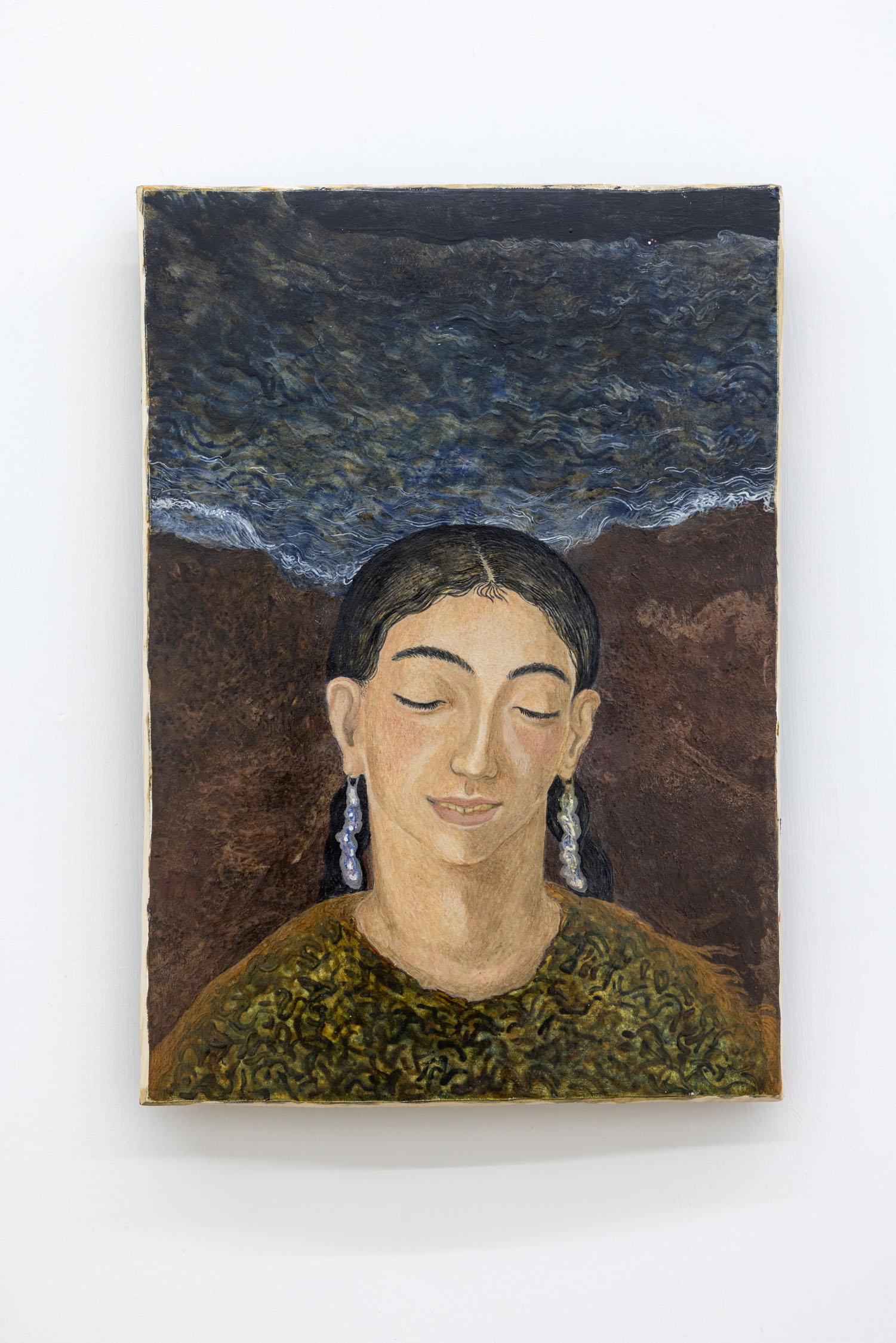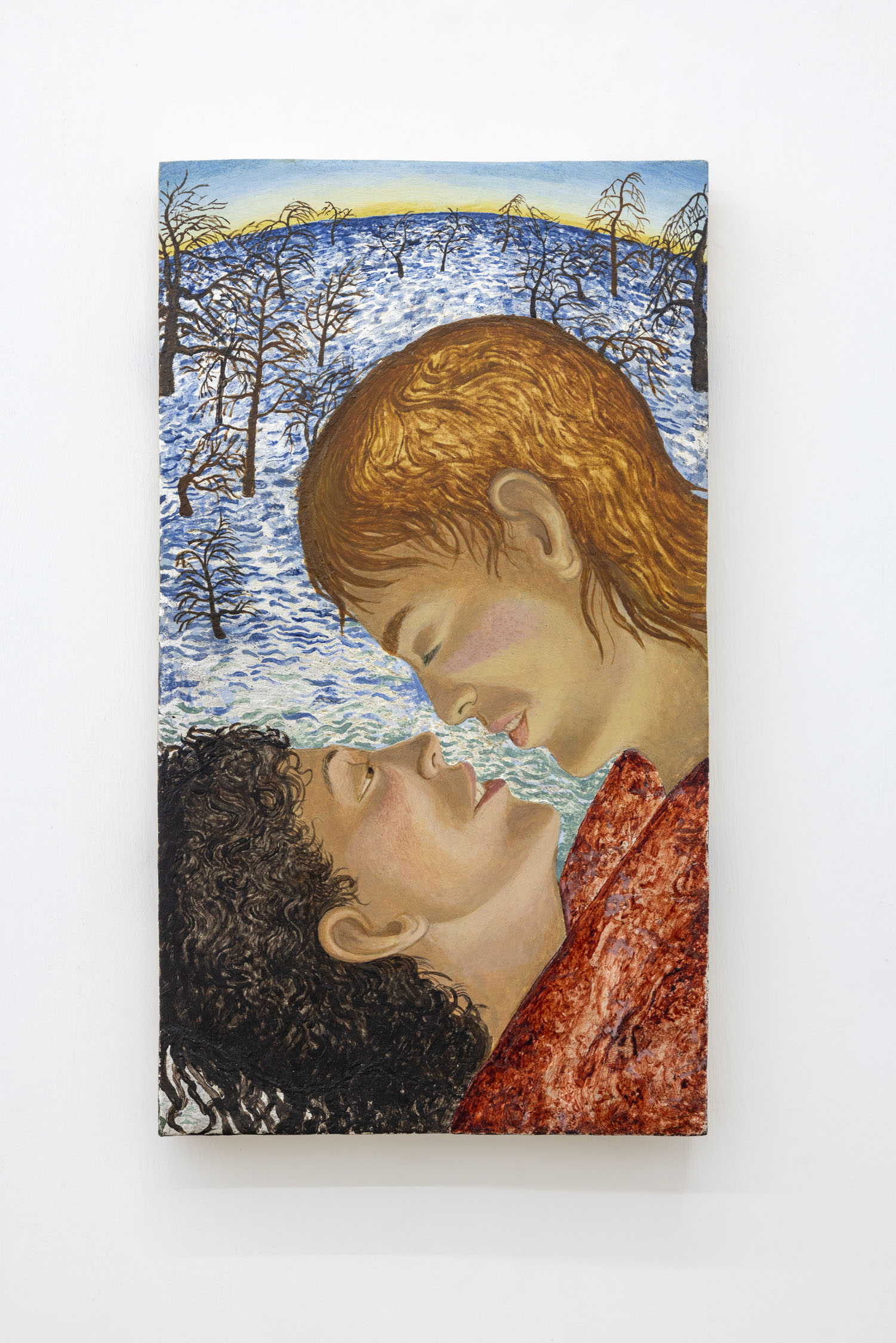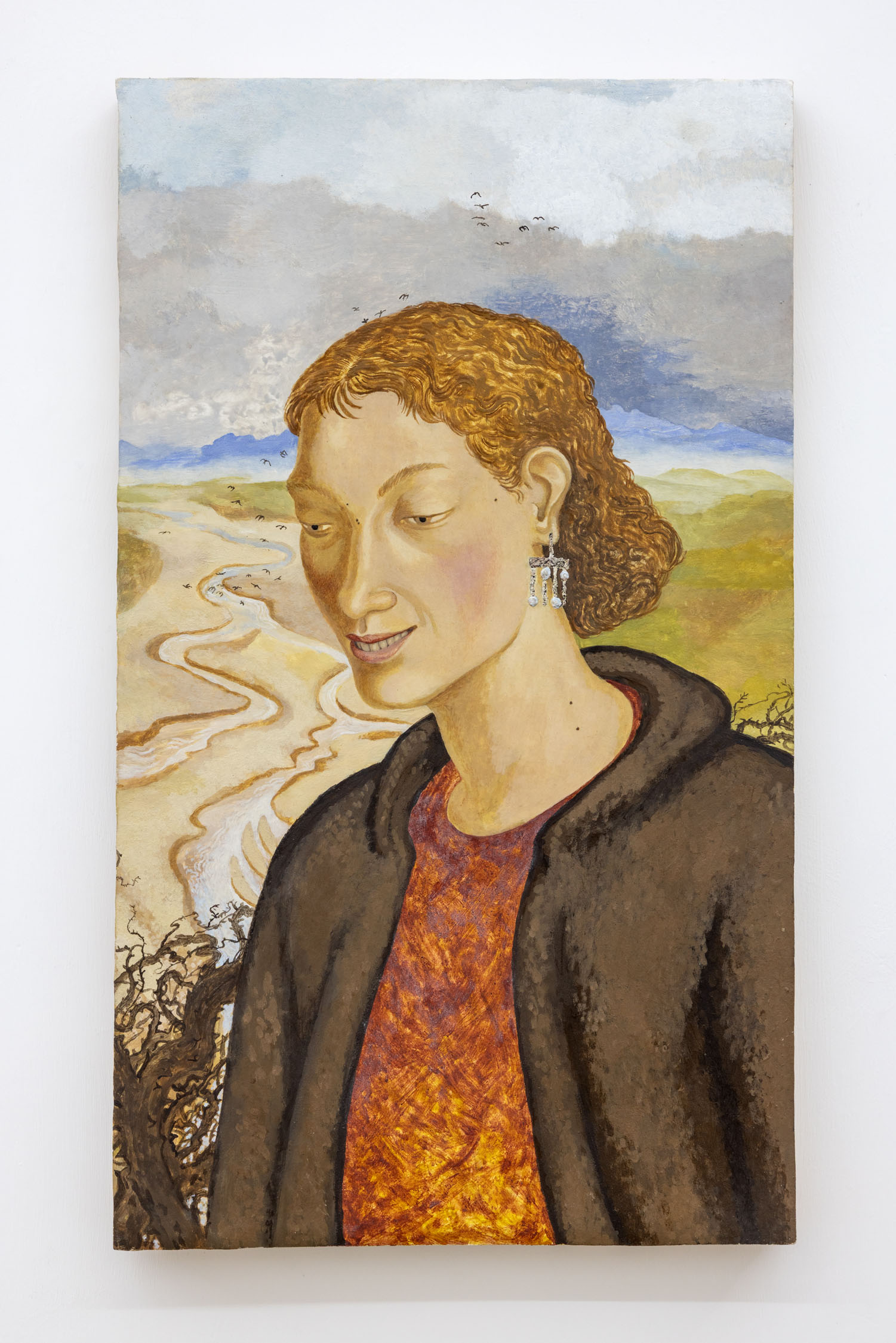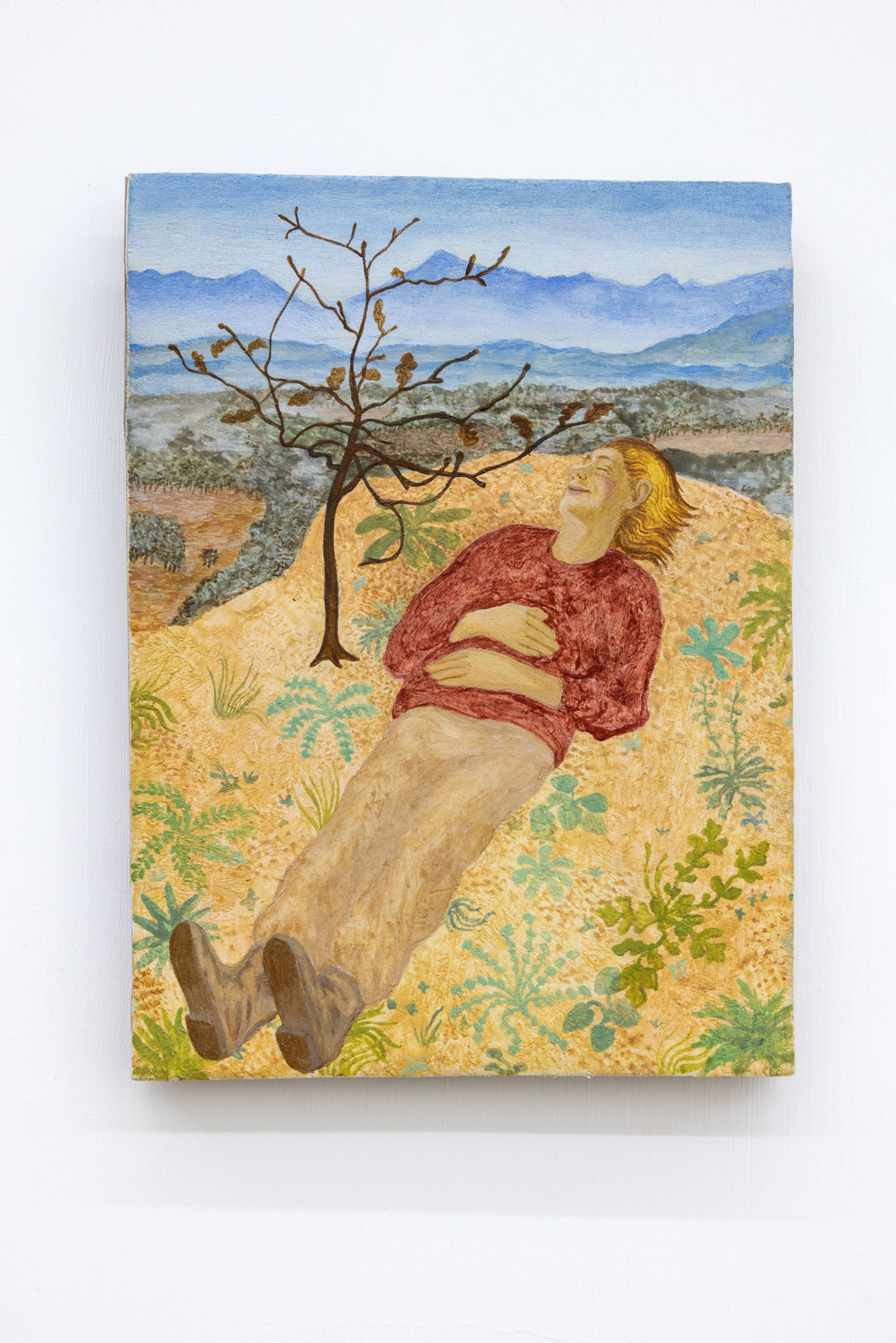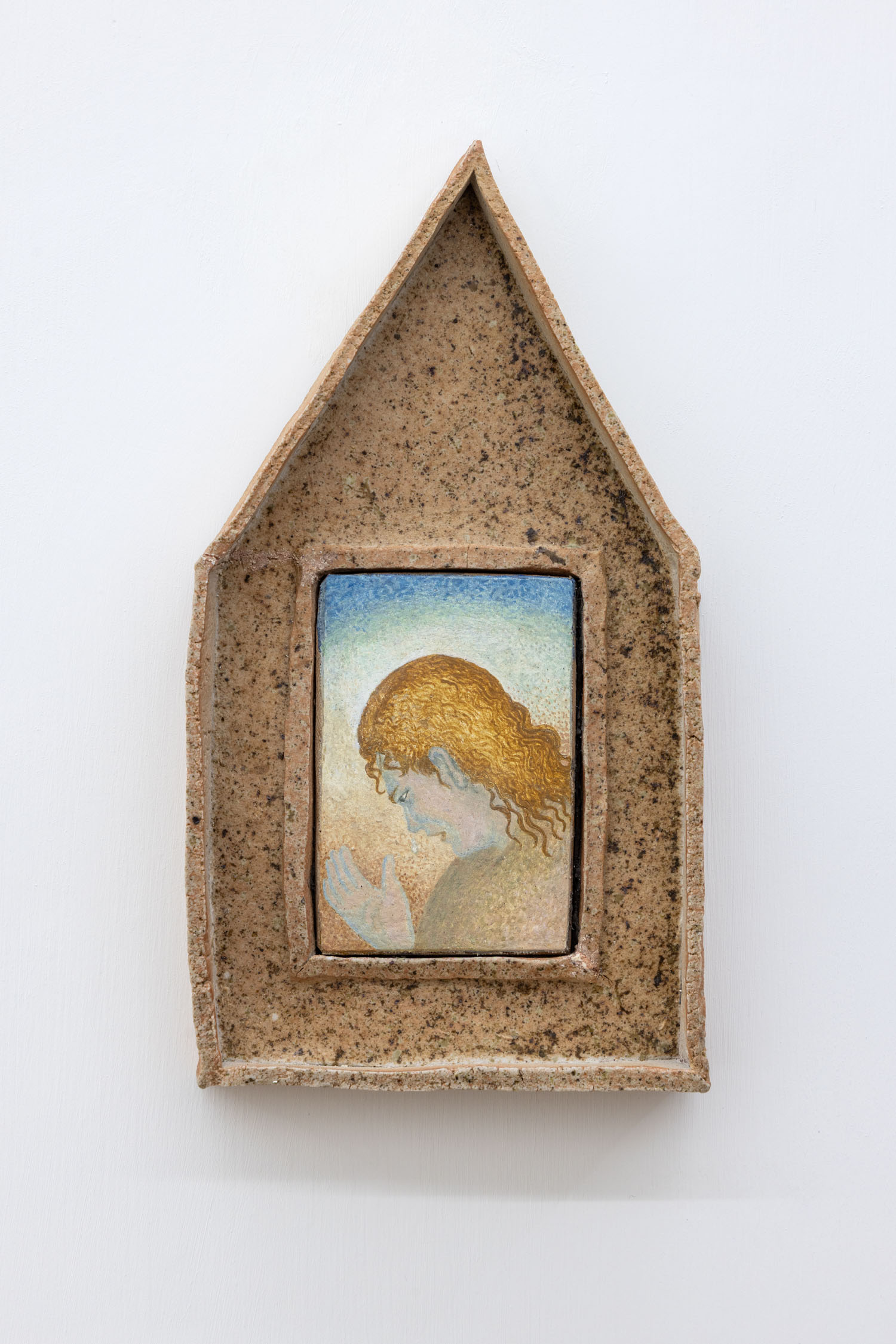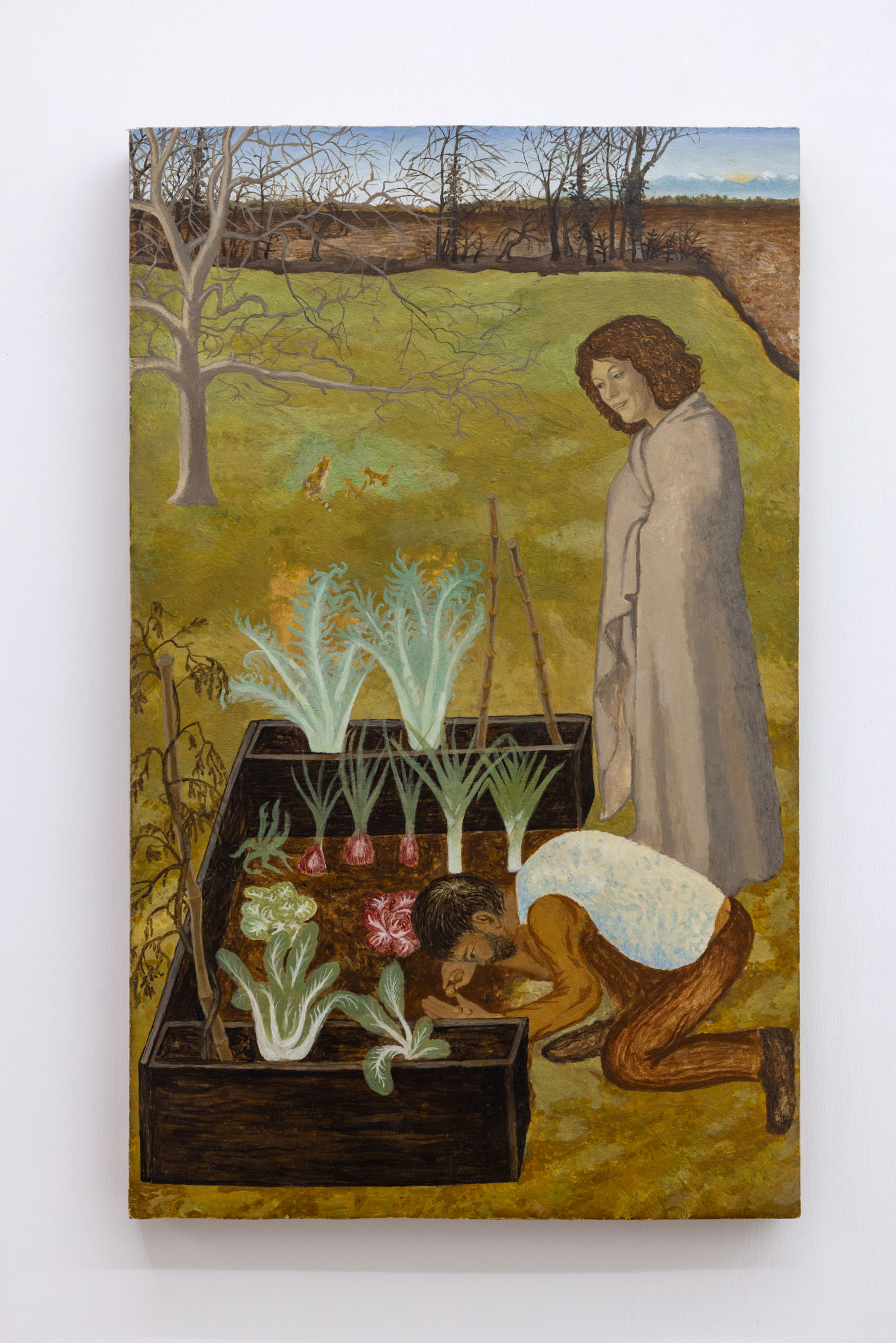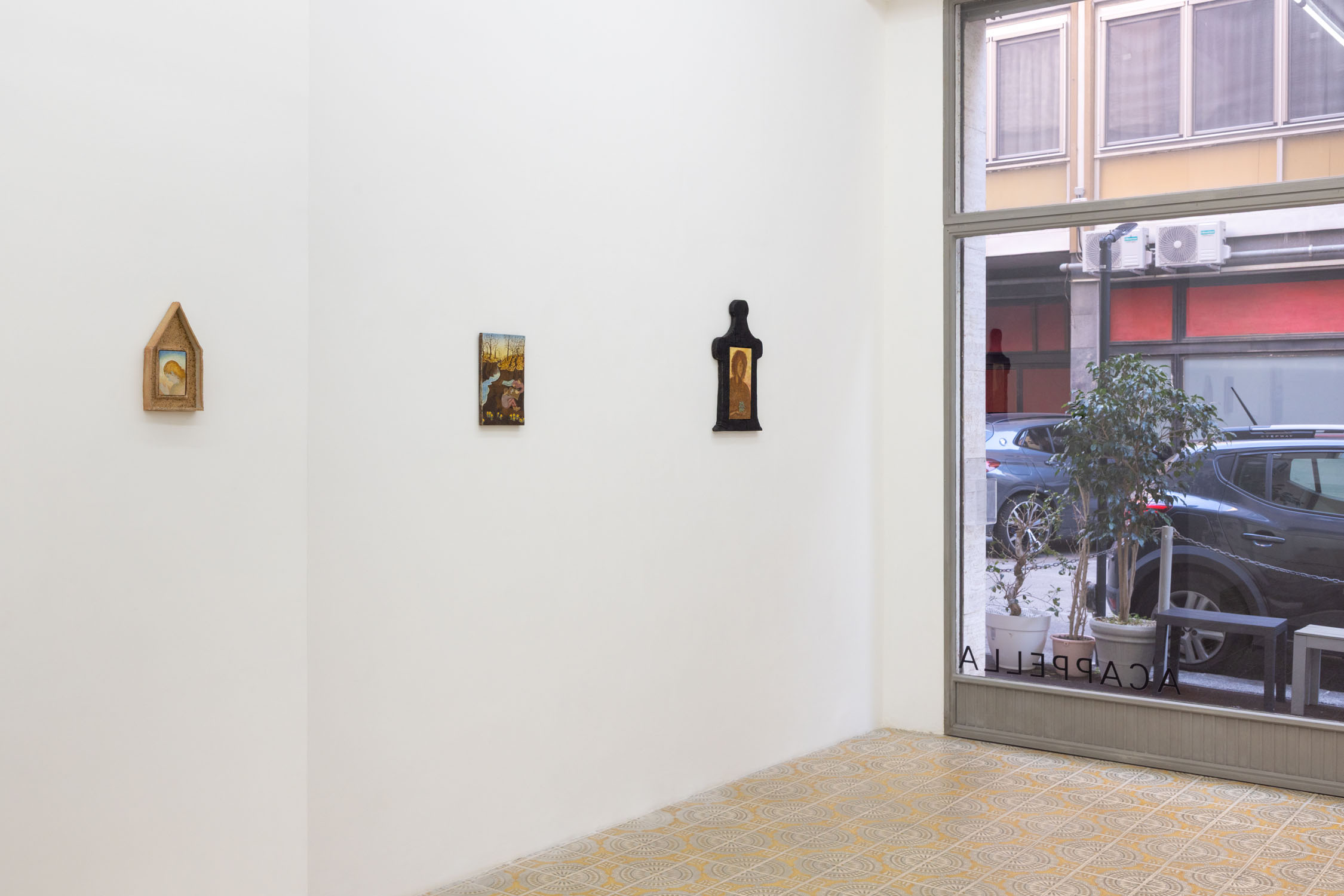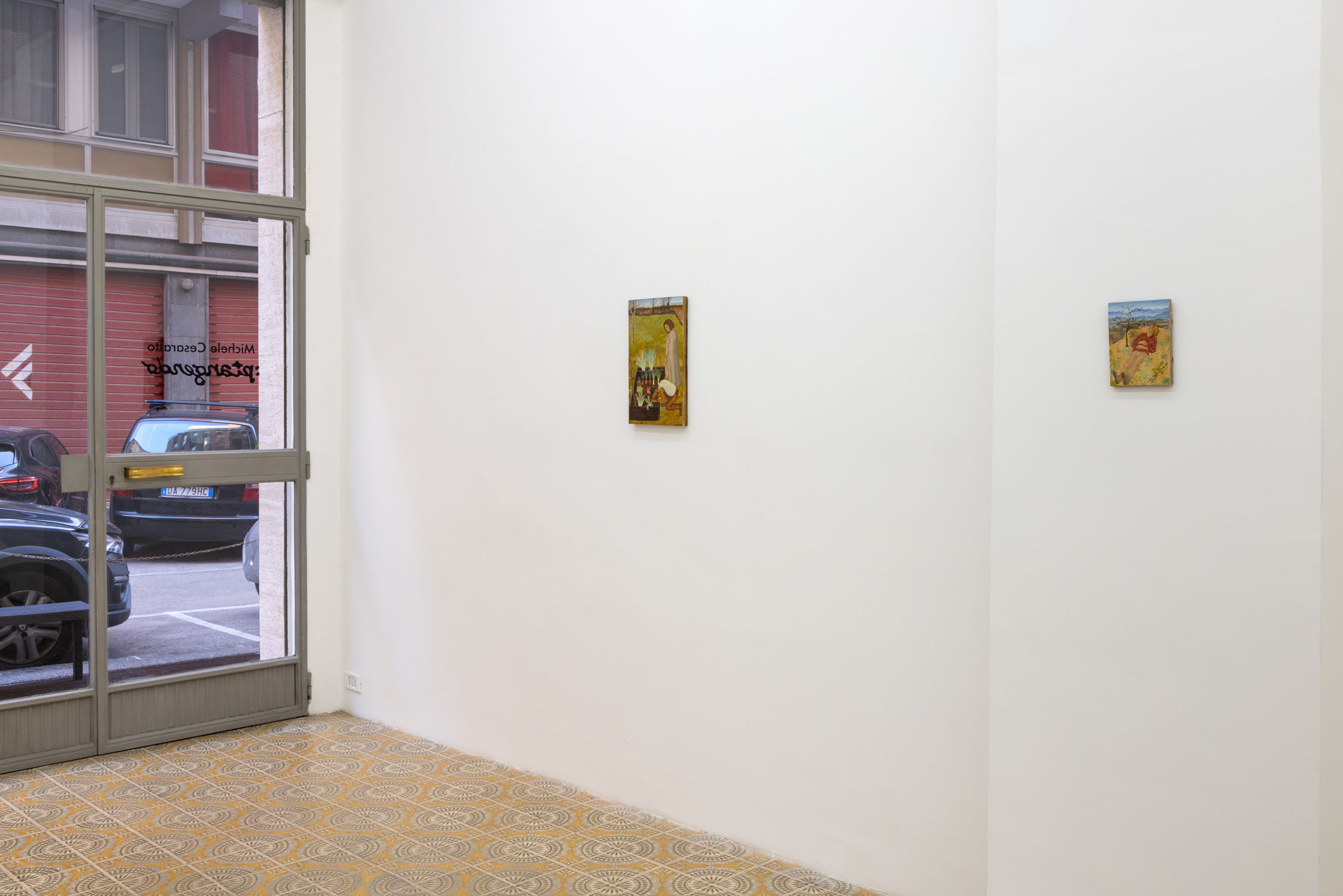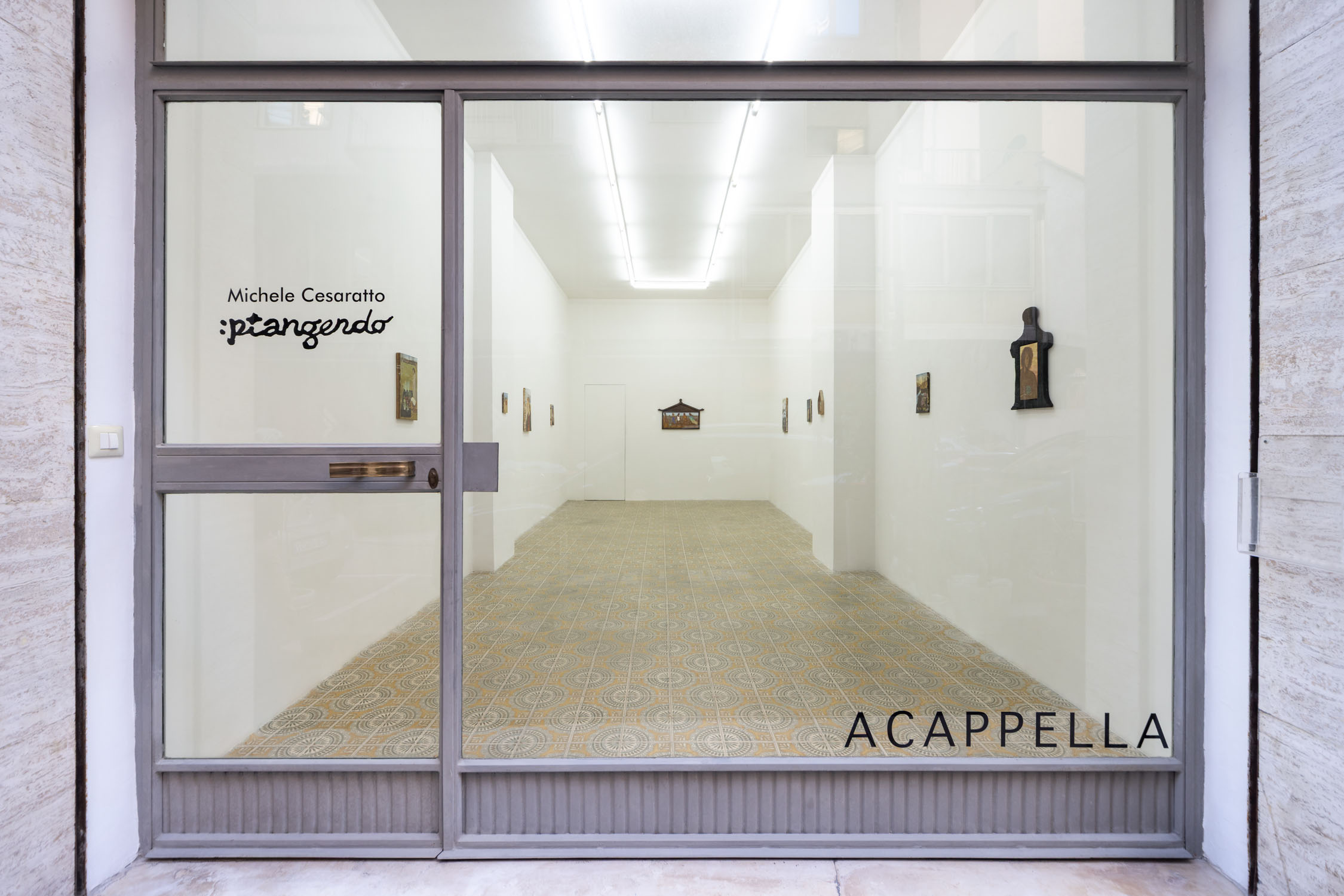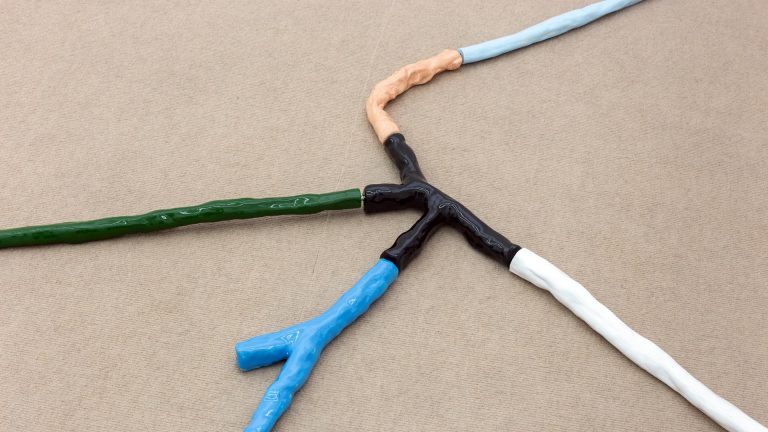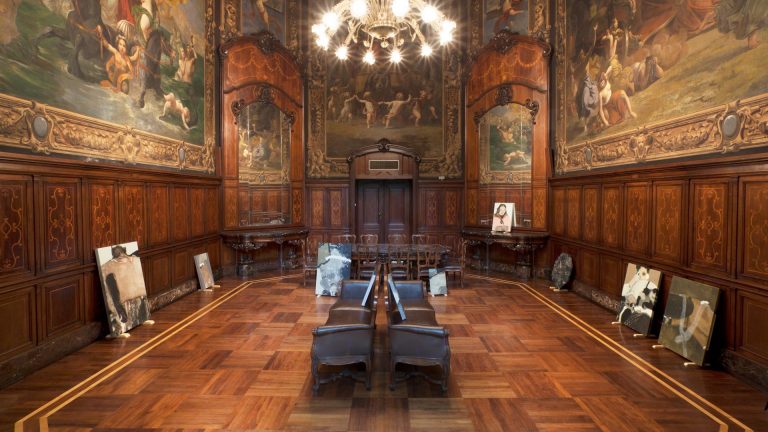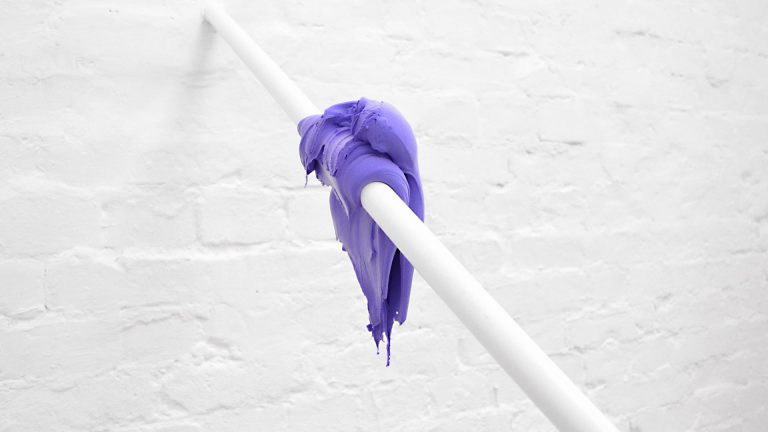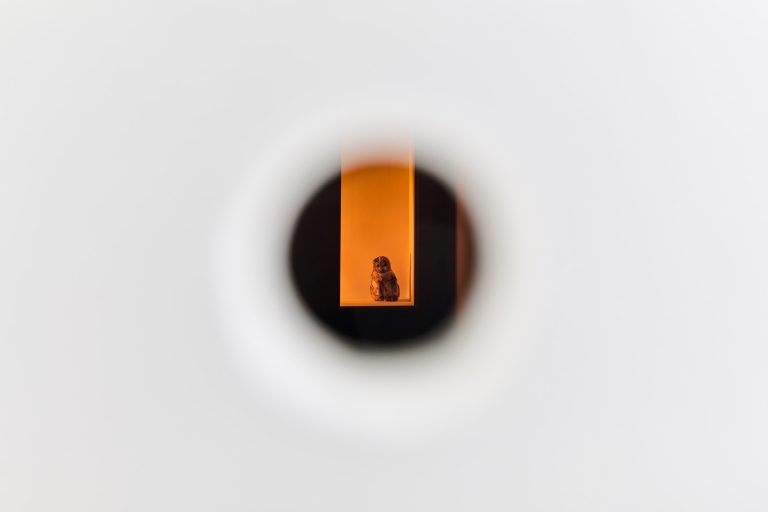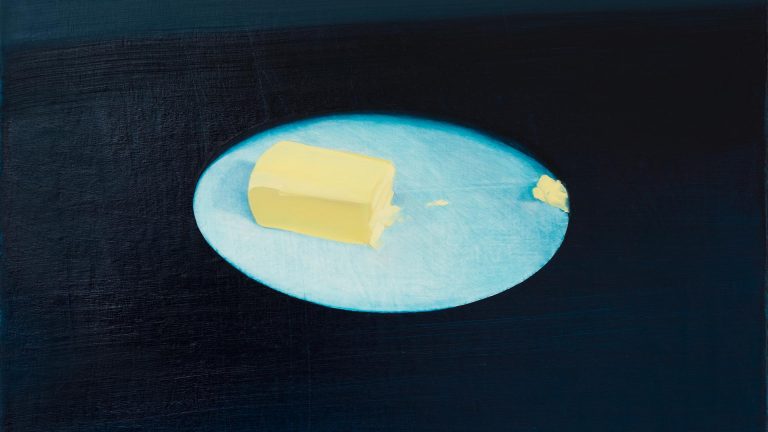The Tagliamento, known in Friulian as Tiliment, is the longest river in Friuli Venezia Giulia and is considered the only one in the Alpine region to maintain its original braided channel morphology. In its middle course, its bed can reach a width of up to one kilometer, not including the forests and fields along its banks. Michele Cesaratto’s formative experiences (1998), before attending the Italian Academies, all flow through the current of the Tagliamento, skirting the village of Gradisca di Spilimbergo (PN), where he grew up and which, over time, has become a gathering place, in harmony with its rural past and the surrounding nature.
In this ancient context, yet inseparably linked to his generation, he developed a passion for art, Eastern culture, plant studies, woodworking, music, and illustration. Just a few hundred meters from the village square, where his workshop is located, one can enter a narrow street leading straight to the riverbed of the Tagliamento.
Following a path that seems more like an Italian 14th-15th-century artist’s journey than a typical Grand Tour, Michele Cesaratto first chose the Academy of Florence, later completing his five -year studies in Venice. In these two cities, alongside historic Friuli, he laid the foundation for his subsequent experiments, in a world suspended between contemporaneity, the 14th- and 15th-century European Renaissance, and three millennia of Chinese civilization. Over the years, the influence of the ancient began to affect not only the formal and technical aspects of the image, but also the spiritual approach to painting taken as reference by certain artists of that time. From Fra Angelico, Pollaiolo, Pisanello, to the 13th and 14th-century primitives, one characteristic is strikingly clear: despite the elegance and refinement of their works, often with sacred backgrounds, there always emerges the same naive dimension that Cesaratto expresses in the “coziness” of his studio in Fagagna (UD), where he enjoys a cup of Chinese tea while listening to FSK Satellite in front of the easel. His “grinding” of art and other manifestations, in the lightness of his life, transfer into his painting with a genuine, carefully studied brushstroke, bringing his fresh and very contemporary art onto the canvas: an ingenuous table, in-genui, self-generated and thus spontaneous, a supreme quality according to Chinese treatises since the Tang Dynasty (618-907). Thus, through memory, color, and the emotion experienced in the landscape, Cesaratto returns to his land, or to the other side of the world, or towards China, or to the bamboo grove near his native village in Friuli, with no pretension to match the ancient masters, but rather absorbing their figurative power and timeless spirit, which still allows us to appreciate them today.
In Michele Cesaratto’s painting, nature is embodied and painted on panels made from trunks that he himself has retrieved and cut. Through a process of assimilation, observation, study, and actual cultivation of plants, the pigment transferred to his palette is also obtained through centuries of empirical study, successes, and failures in the processing of earth. From nature, it returns to the canvas to represent spontaneous scenes, originating from the artist’s memory and feeling, much like the representation choices of Chinese masters between the Song (960-1279) and Yuan (1271-1368) periods: a landscape, a moment spent with friends, as in the Scroll of the Six Gentlemen (1345) by the Yuan-era master Ni Zan (1301–1374).
Like small, precious handcrafted objects, the representations in Michele Cesaratto’s panels follow a common canon between landscape and subject. What stands out is the fusion of the two, where the landscape is not merely a backdrop but the horizon of his emotions, the passage of time, and a witness to a globalized world. In this vastness, everything can become a reference: from any culture or artist that’s easily accessible, opening the doors to a whirlwind of uncontrollable iconographic and thematic references, content and forms. Everything can be a reference in such a broad scope, making it truly complex to trace the whole—a task that, in its filological richness, may even be impossible, probably even for the artist himself.
Once we collect his legacy, it becomes difficult to separate his art from the roots of his land, just as it is hard to stop for a moment and not think of the masters who inspired him. But if we do, all we’re left with are holistic life scenes before us, closed within the mystery of their creation, free from innate superstructures. Compared to modern times, we can be sure that with Piangendo, his second solo exhibition at the Acappella Gallery in Naples, Michele Cesaratto makes space for that mystery, that artistic maturity of an anachronistic painter, but in his own way part of this neo-medieval era. He is a contemporary representative of an exchange that, through the internet, gathers a generation—our generation—permeated by mystery and darkness that is waiting to be unraveled. Michele Cesaratto, a young craftsman and artist, is attentive and cautious, one who should be protected and cherished, letting his painting breathe the fertile rot of our time.
– Roberto Mezzaroma









